FENCING.


CHARLIE BAKER
NCAA President
SEASON SUMMARY
2023-2024
NCAA FENCERS WHO WERE IN PARIS NCAA QUALIFICATION SYSTEM





CHARLIE BAKER
NCAA President
SEASON SUMMARY
2023-2024
NCAA FENCERS WHO WERE IN PARIS NCAA QUALIFICATION SYSTEM


With immense excitement, we welcome you to the 2024-2025 season of NCAA Fencing Magazine. This edition marks the beginning of a new chapter in the history of university fencing, and with it, the opportunity to witness dreams being forged, rivalries becoming legends and athletes leaving their souls on the track.
We begin by paying tribute to NCAA President Charlie Baker, a leader whose passion for the sport has driven our community to new heights. His vision reminds us sport is more than just a competition; it is a school of life, where values like perseverance, integrity and teamwork are the real trophies.
The last season was proof of this. We saw how the sacrifice, dedication and unwavering talent of our university fencers translated into unforgettable moments. From epic championship battles to personal improvement stories, the 2023-2024 season left an indelible mark on our hearts. Each duel was a reminder that, in fencing, as in life, every touch counts.
We are deeply proud of the NCAA athletes who participated in the 2024 Paris Olympics. They not only represented their universities, but they carried with them the dreams and effort of all of us in this community. Some returned home with medals, but all
brought something even more valuable: the fighting spirit and demonstration that university fencing is a hotbed of champions, on and off the track. In this edition we also pay a tribute to a legend who left an indelible mark on university fencing: Emmanuil Kaidanov. His years as a coach not only shaped athletes, but extraordinary human beings. His legacy goes beyond victories and titles; it’s in every life lesson he taught, in every athlete he trained, and in the inspiration that continues to guide us all.
Finally, we want to highlight two young men who embody the bright future of fencing: Brandeis University fencer Maggie Shealy and University of Pennsylvania foil fencer Bryce Louie. In their stories, we find the strength of effort, the humility of those who know that every step on the way is an opportunity to learn, and the passion that moves every athlete forward, regardless of obstacles.
This magazine is not just for fencers, trainers and fans; it’s for all those who believe in the power of dreams and sacrifice. Join us in this new season full of hope, inspiration and new challenges. We are sure that the story we will write together will be unforgettable.
Welcome to NCAA Fencing Magazine. The season has begun, and the future belongs to us!
Calú Pargas
CEO & Founder TouchéWorld Editorial
EDITOR IN CHIEF: Calú Pargas EDITOR: Matias Puzio PRESS HEAD: Luis Morales JOURNALIST: Alberto Díaz Peluso
GENERAL COORDINATOR AND TRANSLATOR : María Trinidad Colmenares ARGENTINA CORRESPONDENT: Gisela Di Lello U.S. CORRESPONDENT: Rafael Western MARKETING: Claudia Gutierrez MARKETING DIGITAL & RRSS: Bianna Indelicato Pardo, Sebastián Pargas ADVERTISING AND SUBSCRIPTIONS: Sami Doria Vertel
GRAPHIC DESIGN: Javier Inojosa DATA AND RESEARCH: Pedro Godoy AUDIOVISUAL PRODUCTION: Claudia Gutierrez, Javier Inojosa WEBMASTER AND PROGRAMMING: Hawrison Avendaño COLLABORATORS: Donald
K. Anthony, Giorgio Scarso PHOTOGRAPHY BY: NCAA, FIE, OSU, Columbus University, Penn State, Brandeis, Kiana Bates, Nova Fencing Club, Sportpix.
Contact:
Email: contact@toucheworld.com Press: press@toucheworld.com
Advertising and subscriptions: trinidadcolmenares@toucheworld.com
A breath of fresh air NCAA leadership
Harvard dominated NCAA fencing like the good old days
NCAA foil set the tone at Paris 2024
NCAA Representatives in Olympic Fencing
Bryce Louie, the foil fencer who will leave a legacy at the University of Pennsylvania
The immeasurable footprint of Emmanuil Kaidanov at the NCAA
Columbia University: Tradition, Excellence and Competitiveness
Maggie Shealy, a champion with a profound sense of social conscience
Kiana Bates Fencing as an art
Ohio State, a factory of legends
This is how NCAA fencing competition is set
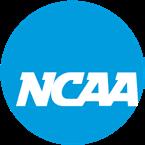
When Charles Duane Baker IV left the Massachusetts governorship in early 2023, he was very clear about what he wanted to do, and that same year he began his tenure in charge of the NCAA.
In less than two years, Baker has put forward major proposals for a radical change in the nature of college sports in the United States. And it is striking that he is not a figure closely associated with university leagues, since his only connection is having played basketball in the Harvard Ivy League.
We know that the sports landscape is constantly changing. However, some of the weaknesses of university sports have been sought to be addressed for several years and for multiple reasons this has not been done, but it seems that under this presidency they will be able to do so.
Until now, Baker’s first victory aboard the NCAA was against possible monopoly cases that put college sports practically bankrupt, and from now on student athletes will be treated differently.
This has been one of the initiatives of the 63-yearold Republican politician, and his main intention is that athletes can also benefit financially in this ecosystem that produces a significant amount of millions of dollars.
What this means is that university sports are facing what is probably the most transformative stage in their history. Its entire model has been put in check after the implementation of the NIL program and the latest judicial agreement that puts an end to the figure of the student-athlete to be considered a professional with the right to be paid for competing for his university and giving up his image.
Likewise, the native of Elmira, New York, has stated on several occasions that he is against special gambling in college sports.
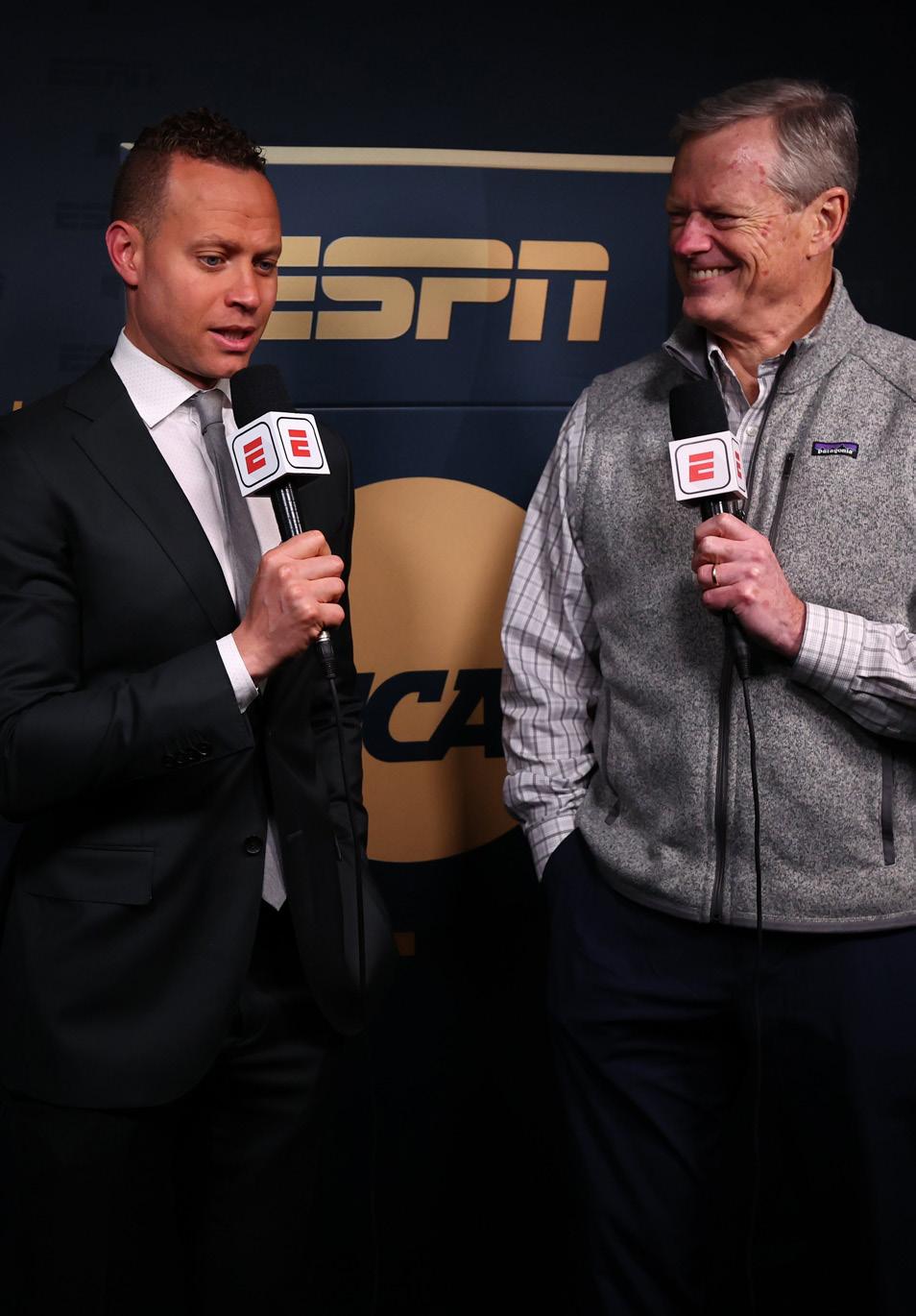


Charlie Baker urged states to ban prop gambling to prevent student athletes from “being harassed.” Ohio, Vermont and Maryland are among the states that no longer allow this practice.
An NCAA survey conducted last September showed that 10% of respondents knew that an athlete had been harassed in person or online for
engaging in gambling. The number of Division I athletic departments facing a gambling problem tripled between 2019 and 2023.
However, there is still a long way to go to see the intentions of this administration flourish, so we have to wait a while to see what the final resolutions will be.



In March, Harvard won the 2024 North Carolina men’s and women’s fencing championships in Columbus, Ohio, marking the program’s second title since winning in 2006.
Harvard dominated the women’s event, with Emily Vermeule and Jessica Guo taking the épée and foil titles respectively. Meanwhile, Maggie Shealy of Brandeis University won the national title in women’s saber.
In the men’s division, Tristan Szapary of Princeton won the men’s épée, Bryce Louie of Pennsylvania
won the men’s foil and Luke Linder of Notre Dame won the national title in men’s saber.
With these results, the Crimson totaled 169 points and a stellar +203 team indicator during the fourday competition, surpassing second place and previous national champion, the University of Notre Dame.
Harvard is the first Ivy League program to win an NCAA national fencing title since Columbia won the national championship in 2019. Head coach Daria Schneider became the



first woman to lift the NCAA Fencing National Championship trophy. Schneider is accompanied by assistant coaches Adam Maczik, Dagmara Wozniak, Jed Dupree, Jason Pryor and Alberto Linaldi.
Crimson now has 18 individual NCAA national championships. Six of them have achieved under the guidance of coach Daria Schneider. Throughout the four days of fencing in Columbus,
two Crimson student-athletes won individual NCAA National Championships. Junior and team captain Emily Vermeulese became the 2024 NCAA Women’s Epee National Champion after defeating Columbia’s Tierna Oxenreider 15-10 in the final. While, in her NCAA Championships debut, freshman Jessica Zi Jia Guo earned the title of 2024 NCAA Women’s Foil National Champion after enjoying a stellar weekend in Columbus.

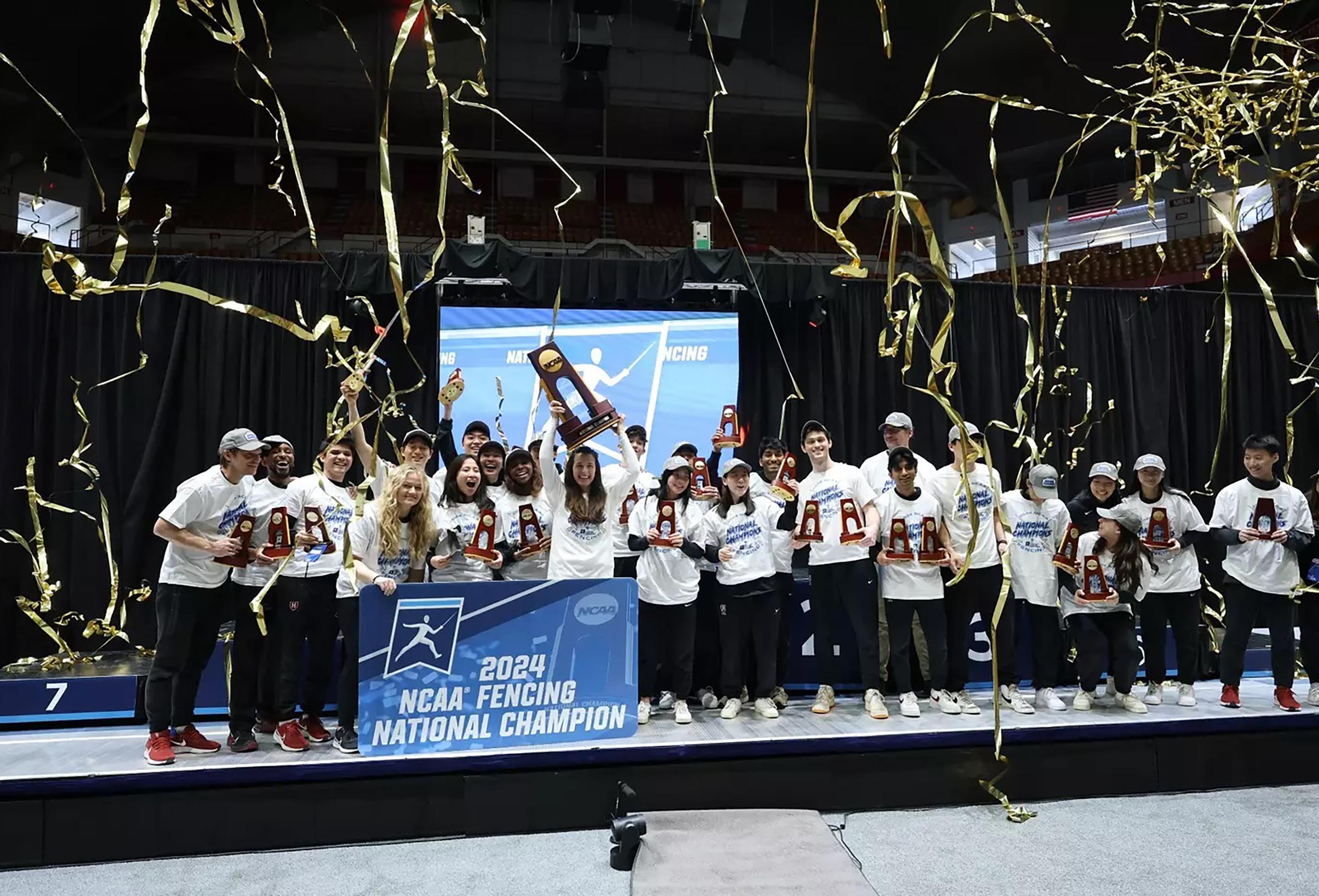

Of the more than 1,000 NCAA athletes who participated in the Olympic Games, a total of 41 were fencers. This group won a total of 10 medals, suggesting that the participants were among the best prepared for the world event.
The most productive discipline for university athletes in Paris 2024 was the foil, with a total of six medals. Lee Kiefer (Notre Dame) was the big winner, taking the individual distinction, just as she had done at Tokyo 2020. On this
occasion, she was also part of the team that won gold, which was completed by Lauren Scruggs (Harvard), Maia Mei Weintraub (Princeton) and Jackie Dubrovich (Columbia). These girls, all trained in the NCAA, achieved gold in foil team for the United States for the first time. Likewise, Lauren Scruggs took home the silver medal, while Canadian Eleanor Harvey (Ohio State) took home the bronze, achieving a full medal count for NCAA representatives in women’s individual foil.



There was also joy for the NCAA representatives in the men’s foil, as Nick Itkin (Notre Dame) took home the individual bronze medal and Maximilien Chastanet representing France (Ohio State) was part of his country’s team that took third place.
In the épée, the big winner was Vivian Kong (Stanford), who representing Hong Kong, won the individual gold medal after a historic comeback against her local rival.
Hungarian Eszter Muhari (Notre Dame) took the bronze medal in the women’s individual épée. In addition, Mohamed Elsayed (Long Island) did the same in the men’s individual épée, giving his country, Egypt, the bronze medal.
In sabre, the only NCAA distinction was achieved by Fares Ferjani (St. John’s), who won the individual silver medal representing his country, Tunisia.



Harvard University Filip Dolegiewicz Park Ridge, Illinois. United States Name City and country of origin
Harvard Eli Dershwitz Boston, Massachusetts, United States
Harvard Jessica Guo Toronto, Canada
Harvard Colin Heathcock Beijing, China, representing United States
Harvard Mitchell Saron Ridgewood, New Jersey. United States
Harvard Lauren Scruggs Queens, New York, United States
Harvard Elizabeth Tartakovsky Livingston, Nueva Jersey, United States
Harvard Nicholas Zhang Richmond, Canada
Notre Dame
Notre Dame
Notre Dame
Notre Dame
Notre Dame
Princeton Nick Itkin Hadley Husisian Los Ángeles, California, United States Oakton, Virginia, United States
Princeton Lee Kiefer Tatiana Nazlymov Cleveland, Ohio, United States Bethesda, Maryland, United States
Notre Dame Gerek Meinhardt San Francisco, California, United States
Princeton Amita Berthier Maia Weintraub Singapore Philadelphia, Pennsylvania, United States
Princeton Magda Skarbonkiewicz
Mohamed Hamza Portland, Oregon, United States Houston, Texas, United States (competing for Egypt)
Princeton Maia Chamberlain Menlo Park, California, United States
Princeton Eszter Muhari Kat Holmes Budapest, Hungary Washington D. C., United States

University Name City and country of origin
Penn State Miles Chamley-Watson
London, United Kingdom (competing for USA)
Penn State Margherita Guzzi Vincenti Milan, Italy (competing for USA)
Penn State Shaul Gordon
Tel Aviv, Israel (competing for Canada)
Penn State Samantha Catantan Philippines
Columbia Bogdan Hamilton
Columbia Anne Cebula
St. Louis Missouri, Misuri,United States (competing for Canada)
Brooklyn, New York, United States
Columbia Jackie Dubrovich Paterson, New Jersey, United States
Ohio State Fares Arfa Bugía, Argelia (compete for Canada)
Ohio State Long Island Eleanor Harvey Mohamed Elsayed Hamilton, Canadá
Ohio State Wayne State (Michigan) Maximilien Chastanet
Pennsylvania Duke Blake Broszus Pascual Di Tella
Pennsylvania Northwestern Malak Hamza Daphne Chan Nok-Sze
Santa Clara, California, United States (compete for Canada)
Guiza, Egypt
St Johns Jan Jurkiewicz Torun, Poland
St Johns Stanford Fares Ferjani
Stanford Vivian Kong
Alexander Massialas
Ziad Elsissy
Cártago, Tunisia
Hong Kong
San Francisco, California, United States
El Cairo, Egypt
El Havre, France Alexandria, Egypt
Buenos Aires, Argentina
Hong Kong



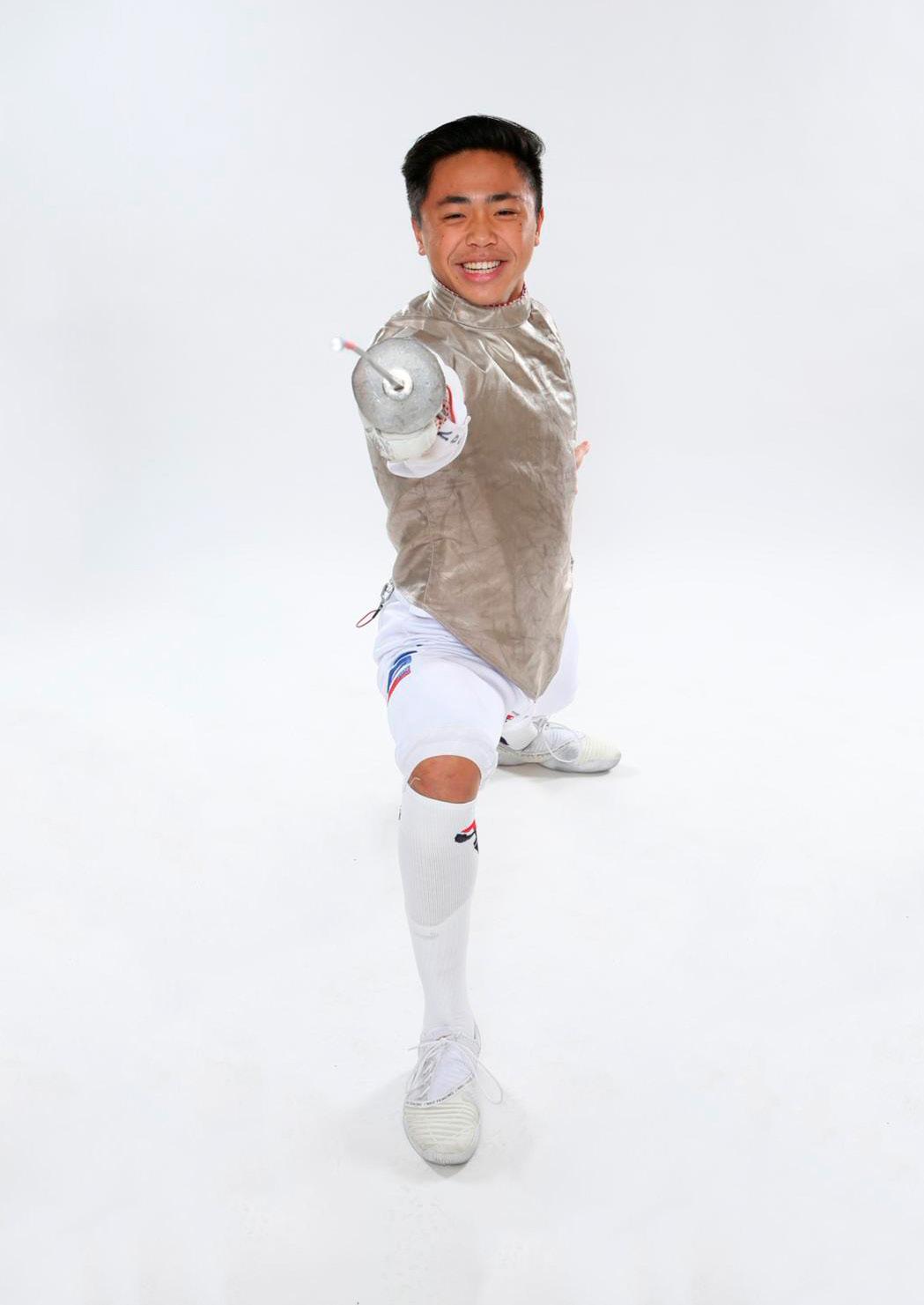

When Bryce Louie chose to attend the University of Pennsylvania, he knew it would be a great place to make history. There were many people who warned him that his fencing would decline, but his conviction gave him the assurance that it would be quite the opposite. Time proved him right.
This senior majoring in Finance and Strategic Management has put his university’s name in the elite of fencing in the United States. This year he became Penn’s first national champion since Michael Mills in 2013 and the university’s first national foil champion since Cliff Bayer in 1997.
Louie grew up in Los Angeles, but Asian blood runs through his veins. Fencing has always been present in his family, as his father practiced it in college, while his older brother, Brenan, who also coaches him, was part of the Philippine national team.
Of his 22 years, he has dedicated 14 of them to fencing. He inherited his love for the sport from his father and brother, to the point that, when talking about his life, it is impossible to ignore the influence they have had on him. “I have very big shoes to fill,” he says with a tone of commitment as great as his achievements in 2024.
At the 2024 NCAA Fencing Championships in Columbus, Ohio, Louie defeated teammate Blake Broszus 15-9 to claim gold. The medal meant many things for the University of Pennsylvania, not only did it bring them back to the forefront in the United States, it was also another vote of confidence in their fencing program.
“Winning the NCAA individual title in men’s foil is the best thing that ever happened to me. I remember that a month before that I was very sad, at the Ivy championship, I was sitting next to my brother and he told me ‘let’s do it, let’s go to NCAA, I know you’re upset, but let’s get back to it.’ ’ At that exact moment a fire lit in me, so I said ‘let’s do it together,’ I have my brother and my family with me, I have nothing to lose.”
Preparing to become a champion was not a matter of a few days or weeks. “The practices were very, very intense. “We focused on working on five non-contact fighting strategies and potential situations, such as if the opponent is aggressive, which was the best preparation,” he told The Daily Pennsylvanian after the victory.
Winning that historic medal for the University of Pennsylvania has even greater meaning if you know the story of the Louies. Bryce comes from a family that came from the Philippines with a suitcase of dreams and a goal, to achieve a better life for their descendants.
“When I won the men’s foil, I cried for about 30 minutes, then I understood why. My grandfather emigrated from the Philippines with 200 dollars in his pocket, he was a poor farmer. My mother worked two jobs so I could be on Team USA. She would come home very late from work to take me to the gym, while I trained, she would stay in the parking lot. Now they can say that their grandson and son is a U.S. national champion.”
And that family experience taught Bryce, as a great lesson, that great achievements require
similar sacrifices. “For example, on Saturday mornings, I get up at seven and go to New Jersey to train, rather than going out with friends on Fridays or making plans to go to brunch on Saturday mornings. I also think about spring or winter break, unfortunately I haven’t been on any of those trips. It’s all about sacrifice.”
But, just as there are sacrifices, there are other rewards as well. “Being an athlete, especially being a member of the U.S. national team, I’ve been able to meet some amazing people. People from Team Japan, from Italy, from France. In competitions it is a mix of different cultures and different people. I have a great sense of teamwork and I communicate very well with others, even if we don’t speak the same language.”




Bryce Louie considers himself FilipinoAmerican. The fencer feels such a strong sense of belonging to his community that he has become involved with organizations that help students from his grandfather’s country. It is a way to contribute to his origins.
But the same commitment he has to the Philippines, he has to his university. In sports, the national gold medal ended with a wait of almost three decades for one of the most important educational institutions in the United States, although he also wants all those who come after him to know that it is possible to train at the highest level and at the same time study hard.
“I want to leave two legacies at Penn. The first, to put fencing on the map, because when you think about this university, disciplines like basketball, volleyball, and baseball come to mind, so being able to win gold in foil after almost 30 years was important for me. The second is to define my path, because when I was entering Penn, many told me that my fencing would fail. Some saw that the academic part was strong, but my fencing would not improve, but I proved them wrong. You just have to work hard.”
Bryce Louie is a boy who works for his dreams, he wants to go to the Olympic Games, perhaps his golden opportunity will be in four years when they will be in his home, Los Angeles. He also wants to take things easy, because he is entering his last year of college, so he wants to enjoy the competitions and his classmates.
On the professional front, he does not rule out looking for a job in New York in the future. This past summer, he worked with IBM clients, solving problems when implementing AI software to cut costs and increase profitability. Of course, he doesn’t want the job that awaits him to keep him away from fencing.
Rocky, but I also love The Avengers and the Marvel Universe. Of those, my favorite is Black Panther.
Brenan, my brother. He went to the Philippines, without mastering the language, to fulfill his dream. I also admire Muhammad Ali and Kobe Bryant, especially when he said: “If you see me in the woods facing a bear, pray for the bear.”
One called “hot pot” contains a variety of Chinese food. There is a place in Philadelphia called Lao Tao. If you are in the city, you have to go there.
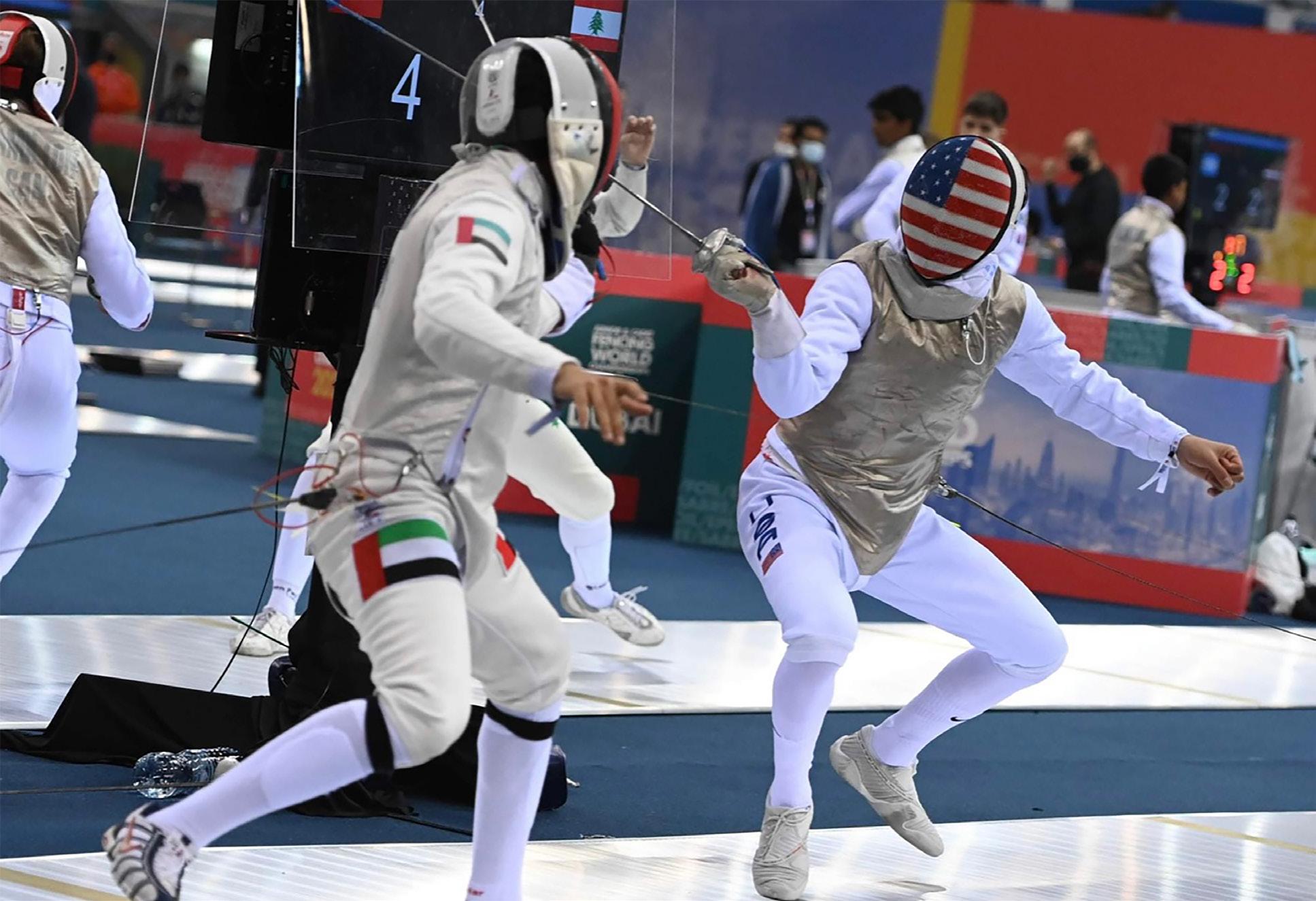

With a sure-fire offshoot and an even bigger heart, Emmanuil “Emik” Kaidanov revolutionized the world of American fencing. And he showed that fencing is not just a sport, it’s a way of life. This was shown to his athletes, who considered him not only a coach but also a mentor and friend.
Since he arrived in the US in 1979, Kaidanov has left an indelible mark on the fencing landscape at the university, bringing the Penn State Lions to the top and training generations of elite fencers.”
From a very young age, he tried to use his weapons, and from 1958 to 1964 he was on the sabre-training team of his country.
But the real legacy began when he decided to become a coach. He left a record almost impossible to match, making him one of the professors who have been part of the elite group in the NCAA Hall of Fame since 2017.


His numbers
Also known as Coach K, he was the most successful NCAA fencing coach of all time. Led the Penn State Lions to 12 team championships, including six in a row. Left an impressive combined record of 832-89 in 31 years.
Among his many awards, ten of his fencers became Olympic athletes and at least three became world youth champions.
He was the Penn State fencing director from 1986 to 2013, and it may have been much longer, but a misunderstanding took him away from this position where he was so loved by athletes and colleagues.
Kaidanov, was named NCAA’s four-time coach of the year.

He arrived in the United States in 1979 from the then-so-called Soviet Union with his family to try his luck in a new country.
Despite the language barrier, the master with much sacrifice came to give everything he knew, his first opportunities on the new continent were in a gun room in Virginia and also supported fencing training at George Mason University.


Until the great opportunity came at Penn State, where he managed to step up and was a pioneer figure in American fencing. Similarly, he served as the National Training Director of the United States and coached numerous national and international teams. His innovative methods and dedication to the sport left an indelible mark on the fencing community.
During Kaidanov’s time, the men’s team from Penn State finished in the top three over 26 seasons, while the women’s team climbed from tenth place in 1986 to first six times in the 1990s.
For these achievements, Kaidanov was honored as the NCAA’s Coach of the Year in 1990, 1991, and 1996 by the USFCA.
The Master graduated from the Higher School of Physical Education in Kharkov (USSR), where he obtained a Master’s degree in Physical Education Sciences, a specialization in Anatomy and Physiology, and a Master’s degree in Fencing. His graduate studies include fencing teaching

methods, research methods as well as sports and medical massages.
In addition to teaching at the piste, the teacher shared his knowledge for life, as he made important research publications including fencing teaching methods, specific aspects for the teaching of left-handed fencers, Training of physically disabled fencers, and exercises for improved reaction time. Kaidanov has enviable experience at an international level.
Between 1985 and 1993, he coached US teams at the World Championships (1985, 1986), University World Games (1985, 1989, 1991, and captain in 1993), Maccabi Games, Pan American


Youth Championships, and Under-20 World Championships. Kaidanov served as the National Training Director of the United States Fencing Association in 1998-99.
And all that Emmanuil accomplished was a dream, as he said in 1986 when he took over the coaching role at Penn State: “I did not leave my country for political reasons, I wanted my son to have more opportunities to achieve his goals. If you are a Jew in the Soviet Union, they cannot accept you into a university unless you are among the best of your class”.
Greg Kaidanov, the teacher’s son, described his father as a person who “could read people like an open book, was hard on everyone, wasn’t as forgiving as an American coach, but cared about everyone and if they had any problems they could come to him”.
Now Gregg, a renowned coach who has worked at several nationally renowned institutions, has his club, the Nova Fencing and Archery Club in Virginia, which was built with his father and will remain the legacy of the best fencing coach in the NCAA.
Kaidanov was not only a brilliant strategist on the track but also an inspiring mentor off the track. His athletes described him as a demanding but fair man, who taught them not only the technical skills of fencing but also the values of discipline, perseverance, and respect. His training philosophy was based on the idea that every athlete had unlimited potential and that, with hard work and dedication, they could achieve any goal.



Since it was founded in 1754, Columbia University has been characterized by being different from the rest. It is the oldest higher education institution in the New York area and, throughout its rich history, has managed to combine educational excellence with the prestige of one of the best sports programs in the United States.
This university has two main campuses, three undergraduate schools and 17 graduate schools. It also has the honor of administering the Pulitzer Prize. Columbia University is also notable for its bold and pioneering research work in the United States.
Its records indicate that it is home to more than six thousand students from the United States. There are also more than 100 students from 100 countries enrolled at the residential campus in Morningside Heights.
The introduction to the university is impressive. The educational quality shows how teachers and students link teaching with research on the resources of a city as developed as New York. The contribution of a group of brilliant students from different countries around the world is key to this task, complementing the group of local students.


American higher education has tiers among schools. Many are at the top, but only eight can claim to be in the Ivy League. To be part of it, you must demonstrate excellence in the academic area, strictly comply with various programs and have distinguished faculties.
The universities that are members of this exclusive group are:
Harvard University
Yale University
Princeton University
University of Pennsylvania
Brown University
Cornell University
Dartmouth College
Columbia University
Just as Columbia University promotes knowledge and learning with the highest standards, its sports program is one of the most complete and award-winning in the United States. The fencing team stands out for being one of the most important, and was champion in the years 1992, 1993, 2015, 2016 and 2019 of the National Collegiate Athletic Association (NCAA).

The Lions have a long history in fencing and a state-of-the-art training facility that opened in 2018. Located in the Dodge Fitness Center, the facility features nine courts, six of which are regulation length and width.
In the last edition of the Olympic Games, held in Paris, three students from Columbia University represented their respective teams. They were the Americans Anne Cebula and Jackie Dubrovich, as well as the Canadian Bogdan Hamilton.
Columbia University has had 24 athletes compete in the Olympic Games since 1904, winning five medals. Within the United States, a total of 38 students have been NCAA national champions, including Jake Hoyle (2015 and 2016), Iman Blow (2018), Sylvie Binder (2019) and Anne Cebula (2019).
Recently, Michael Aufrichtig was confirmed as coach of the prestigious Columbia University fencing team, which will be his fourteenth consecutive season leading the Lions.
Since he was appointed coach in 2011, fencing at Columbia has taken a leap in quality. They have achieved three national championships (2015, 2016, 2019), as well as 14 total Ivy League team titles.



It is no coincidence that this former fencer has brought out the best in the Columbia fencers’ group. Michael Aufrichtig coached four years at New York University, between 1990 and 1994, highlighting the MVP award in the 1993-1994 season, precisely as captain.
In his first season as Columbia’s head coach, the Lions closed the NCAA season in eighth place, while in the next two they were seventh. They were champions in 2015 and have never finished lower than third since.

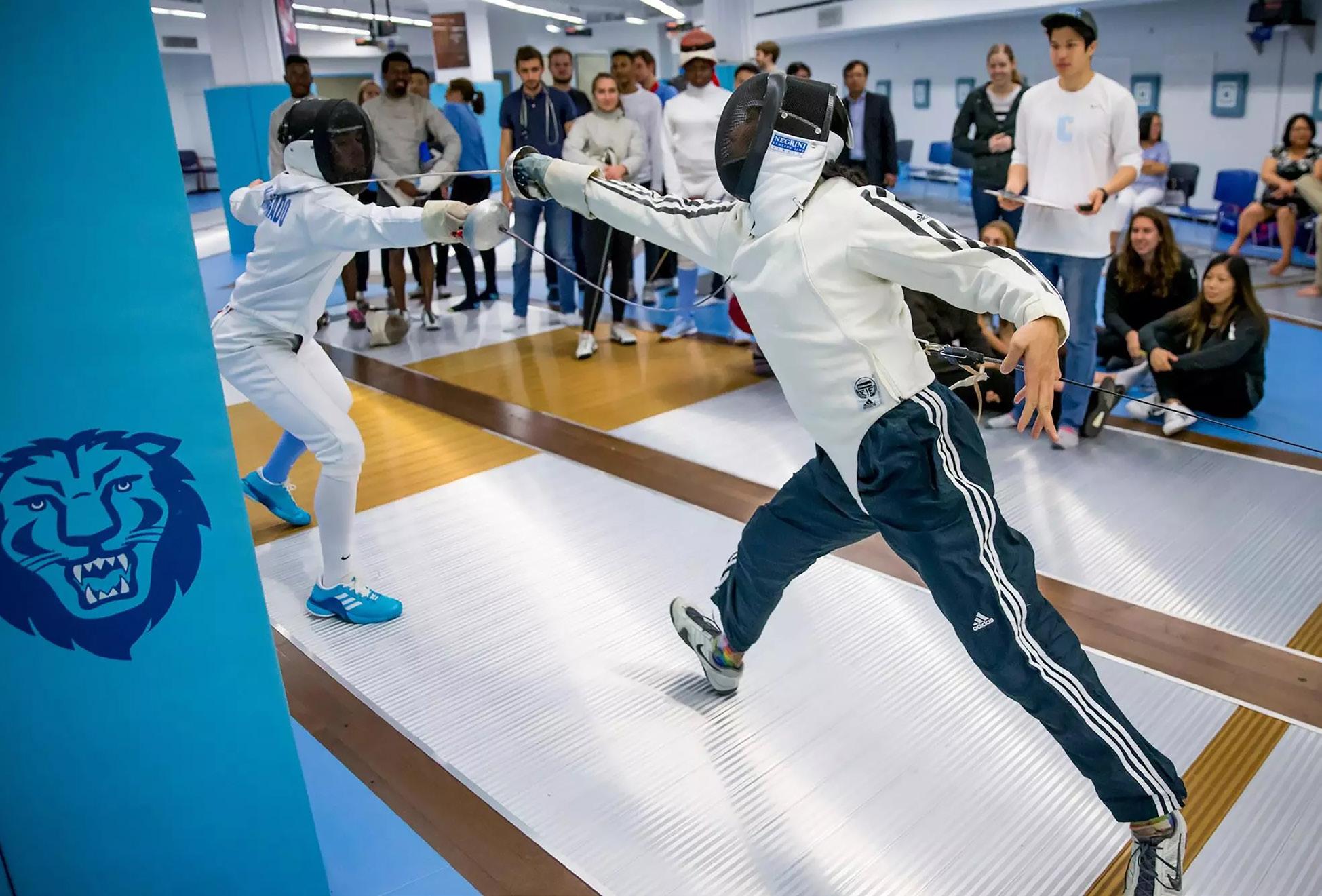
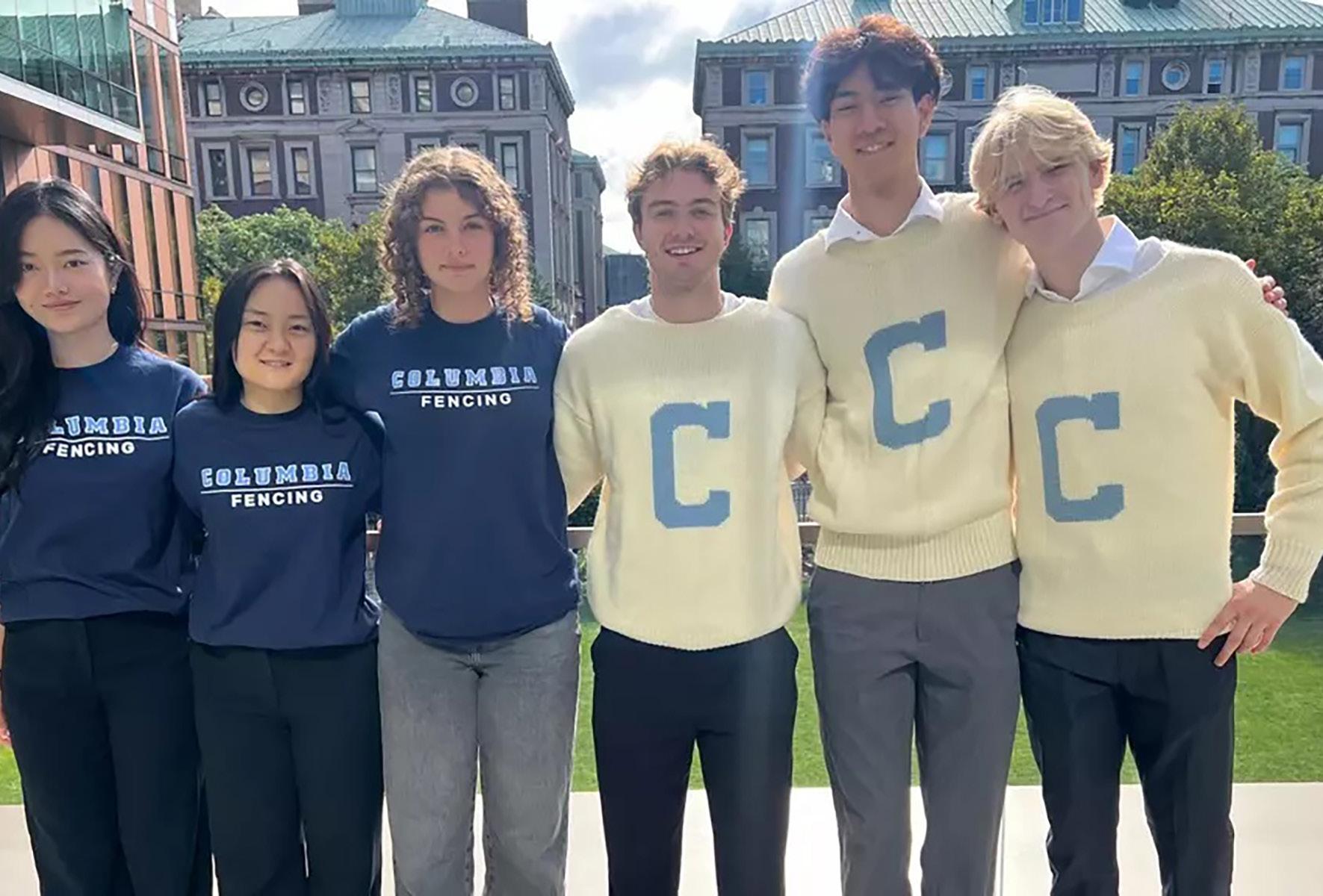



Maggie Shealy has a long list of accomplishments in her career as a sablist. She has been a US national champion and has beaten great competitors, but off the piste, her legacy in the academic field is vast because she has not only dedicated herself to winning. She has also prepared herself to contribute to building a healthier society.
Her career as a fencer says a lot about her character and determination. The Brandeis University graduate is a first-year graduate student and became the first woman in history to win a National Championship in Division I. First individual champion in any discipline since 2019. Likewise, she is the fencer with the highest ranking in history; she achieved all of this for her university.
At the age of seven, she got into fencing after watching the movie “Pirates of the Caribbean.” The adrenaline she felt through the television screen was first seen in person at a summer camp exhibition. The spark of attraction was
immediate; Maggie Shealy was destined to succeed in this discipline.
At 23, Shealy has a bachelor’s degree in Political Science with a minor in Women’s Studies. After graduating, she has continued studying, this time, for a master’s degree in Public Policies with a special dedication to Child and Family Policies.
“I have always been interested in studying human relationships and their connection with political institutions. With the guidance of my university professors and through practical experiences as a research assistant, I focused my studies on education and its impact on political behavior among women,” explained the sablist.
Maggie Shealy is passionate about critical thinking. This allows her to create solutions, such as when she faces a tough rival on the piste. “It allows me to not only respond to immediate problems but to think about how our actions or decisions will affect the future.”
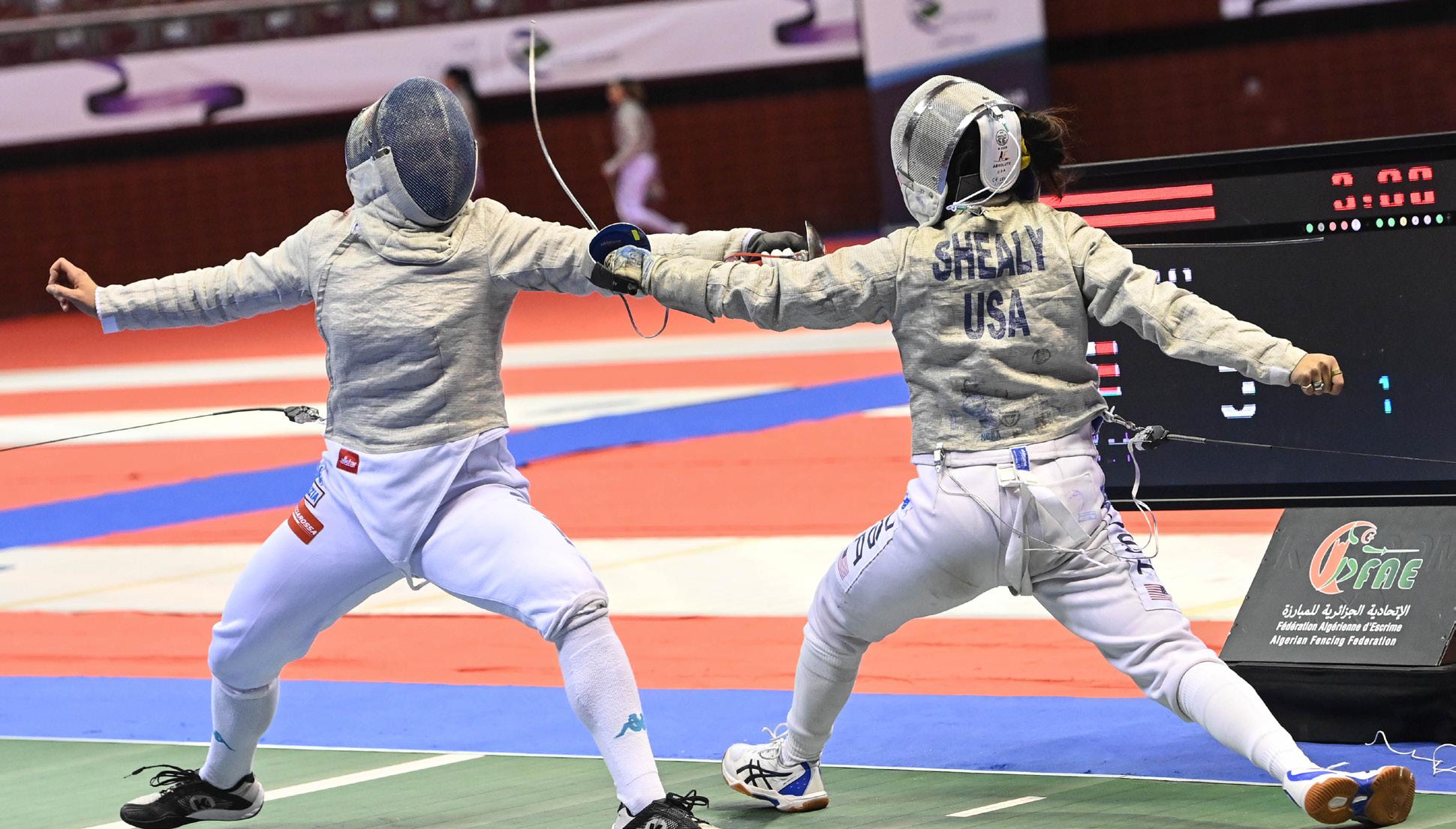
March 22, 2024 was one of the most important days in the life of Maggie Shealy and Brandeis University. With a historic performance, the saber fencer became champion of the National University Athletics Association, defeating Julia Cieslar in the final match.
She was down 1-3 at one point but came back to tie the score at four points. She then scored four of the next five to make it 8-5. In the end, the result was on her side as she won the final and the glory 15-10.
“Everyone loves Maggie. There’s a pattern: When a Harvard fencer wins, the Harvard section cheers, and so on. Whenever Maggie wins, everyone cheers,” said her coach, Soyer Sachs.
The achievement was in the individual event, but a woman with the preparation of Maggie Shealy knows that the team was the big winner. “This is a great honor not only for me, but also for my mother, my coaches, my teammates, my sports psychologist, and my friends, who have given me unwavering support throughout my sporting career.”
Your career has been successful as a student and fencer, what advice would you give to athletes who are aspiring to be in the NCAA?
“Remember that you are students first. Fencing and training come and go, but I want to emphasize that being a student first can help you advance in many ways. It’s important to succeed and complete your education. As for fencing, take advantage of the opportunity to compete in the NCAA because it is something unique. Fencing in college is a marathon and not a sprint. You have to trust the process to achieve goals, which is the key to everything.”

The next Olympic Games will be held in Los Angeles, so the United States has already secured all its spots, including the team competition. Maggie Shealy has a recurring dream and that is to put on her country’s uniform to pursue another goal, participating in the next five colored rings edition.
“For my upcoming season, I’m focusing on making the U.S. Senior Team. I’m currently ranked 11th in the adult category, so I’m on the travel delegation, but only the top four can go to the Olympics. That’s my long-term goal. This season I want to go to eight World Cups to improve my national ranking.”
To reach the global elite, Shealy has a plan. “I hope to get some sponsorships or partnerships so that I can take some of the financial burden of paying for my training and travel off my mother’s
shoulders. After fencing, I hope to pursue a professional career.”
With such clear ideas and a well-thought-out goal, Maggie Shealy will not leave aside her work for society. “I aim to obtain a PhD in political science or a similar field and work in policies and data analysis. In addition, I want to be a researcher at a research institute to learn and analyze how education in the United States can be improved from a political point of view.”
Brandeis University has one more figure like Brian Sirlin, Kristin Follemer and Tracey Marien. Maggie Shealy is a comprehensive athlete and an exemplary graduate whose goal is to leave an important legacy for future generations.
“You can do it. When I came to Brandeis as an athlete, I had no idea what to expect. Although it was one of the most challenging experiences I have ever faced, I never felt alone or isolated within this community. I aspire for my legacy to reflect the values of community, happiness and motivation.”

A sporting moment that has left its mark on you?
I love watching the replay of the 2012 London Olympics, when South Korean Kim Ji Yeon beat Russian Sofya Velikaya. Athletes who inspire you
Dagmara Wozniak, Kim Jiyeon and Serena Williams.
Any rituals in fencing?
I always have to eat ramen before I compete!




Kiana Bates’ work is not directly associated with fencing: her main dedication is to be a social event and portrait photographer. However, the fencing community turned its attention to this artist after the exceptional photographs she took of athlete Julie Seal.
Kiana dedicated a few minutes to Touché World to talk about part of this work to which she dedicates her life, and we were able to discover how fencing has awakened her curiosity.
How did your career as a photographer begin?
When we were kids, my mother took a lot of photos and I loved looking through our albums. Looking at them gave me that nostalgic feeling that memories bring. I got my first camera when I was 12 and started taking photos of everything: school, flowers, my family. I think I took photos of a wedding when I was 17. I decided then to make photography a career.
It was in one of the first photography classes in college that I had the idea of working with Julie. Since then everything has been a progression. I graduated from college and have been working for a couple of years in this field and it has been wonderful. I love photography, creativity, the people I get to interact with, the opportunities that have come my way. It’s been a very fun and worthwhile career.
I grew up in the same neighborhood that Julie lived in. I actually photographed her family a couple of times when I was in high school. But it wasn’t until I took one of the introductory photography classes in college that I had the idea of working with her and photographing something that involved fencing.
I thought it was very interesting, as not only Julie was a fencer, but also her husband and children. Around this time I also saw a photo that was very inspiring: of a lunge (I think it was in a group exhibition referring to a famous fencer) and I
thought it would be great to do something like that with Julie’s family.
By that time I knew Julie, but there was no relationship with fencing until we took that initial photo. Since then we have had photo sessions once or twice a year for 5-7 years. It’s a relationship in which we both sit at a table and want to do something interesting. I am so happy that that first photo opened the door to this beautiful relationship and this great community that I otherwise would not have known.





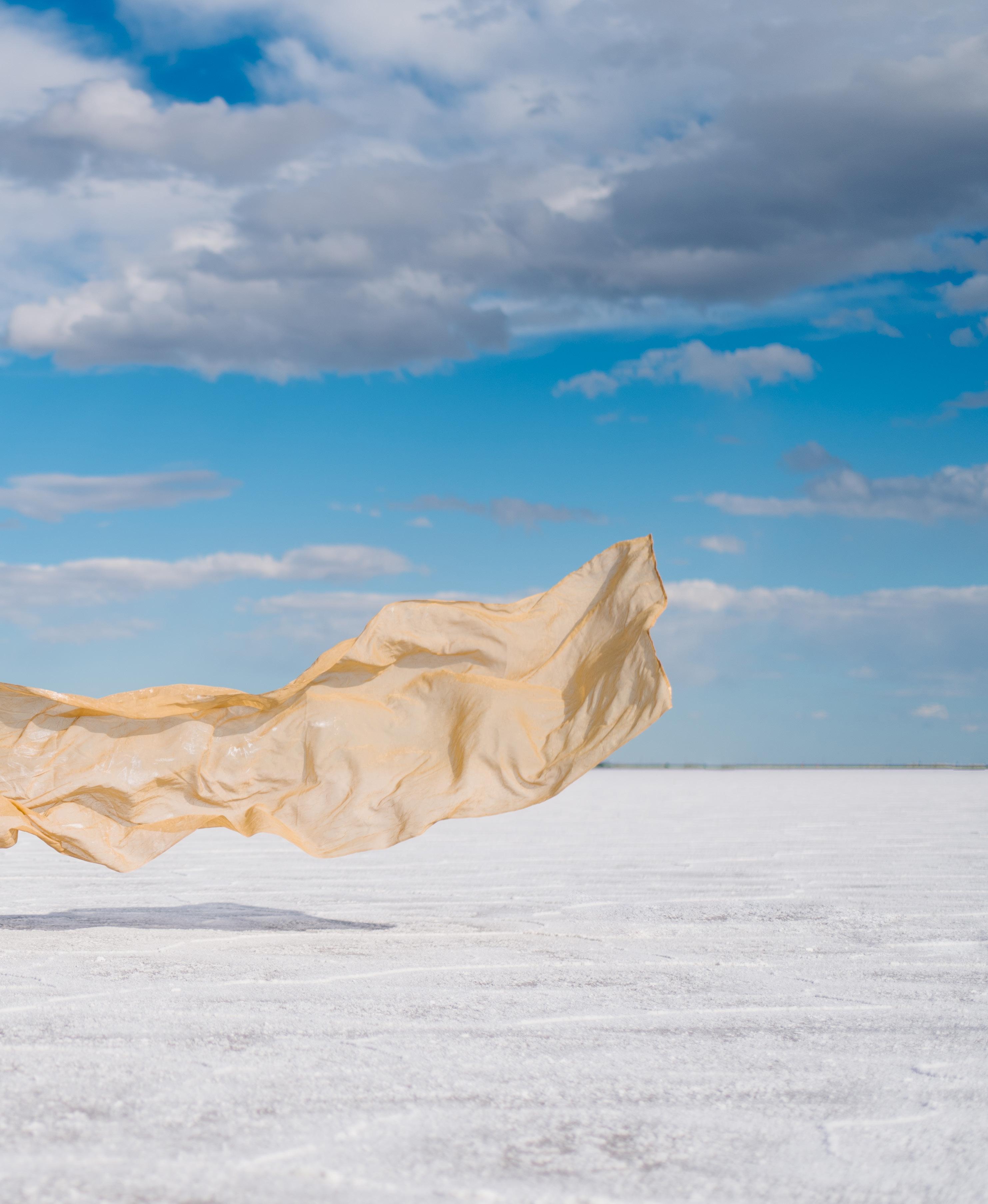
Especially in our photos, the ones we took with Julie, I think we are inspired by the landscapes of Utah. We’re blessed to have a lot of different landscapes: sand dunes, red rock mountains. All of these different kinds of landscapes. Usually, fencers are out on the piste, at tournaments and competitions. Getting them out of that environment is a really interesting thing to work with.
We’re always coming up with new ideas, colours, concepts, feathers, total black, going to the dunes, using a sword of a different length. We always have new ideas floating around and Julie is a creative person too, so it’s really fun to bounce ideas off of each other and see where they take us.


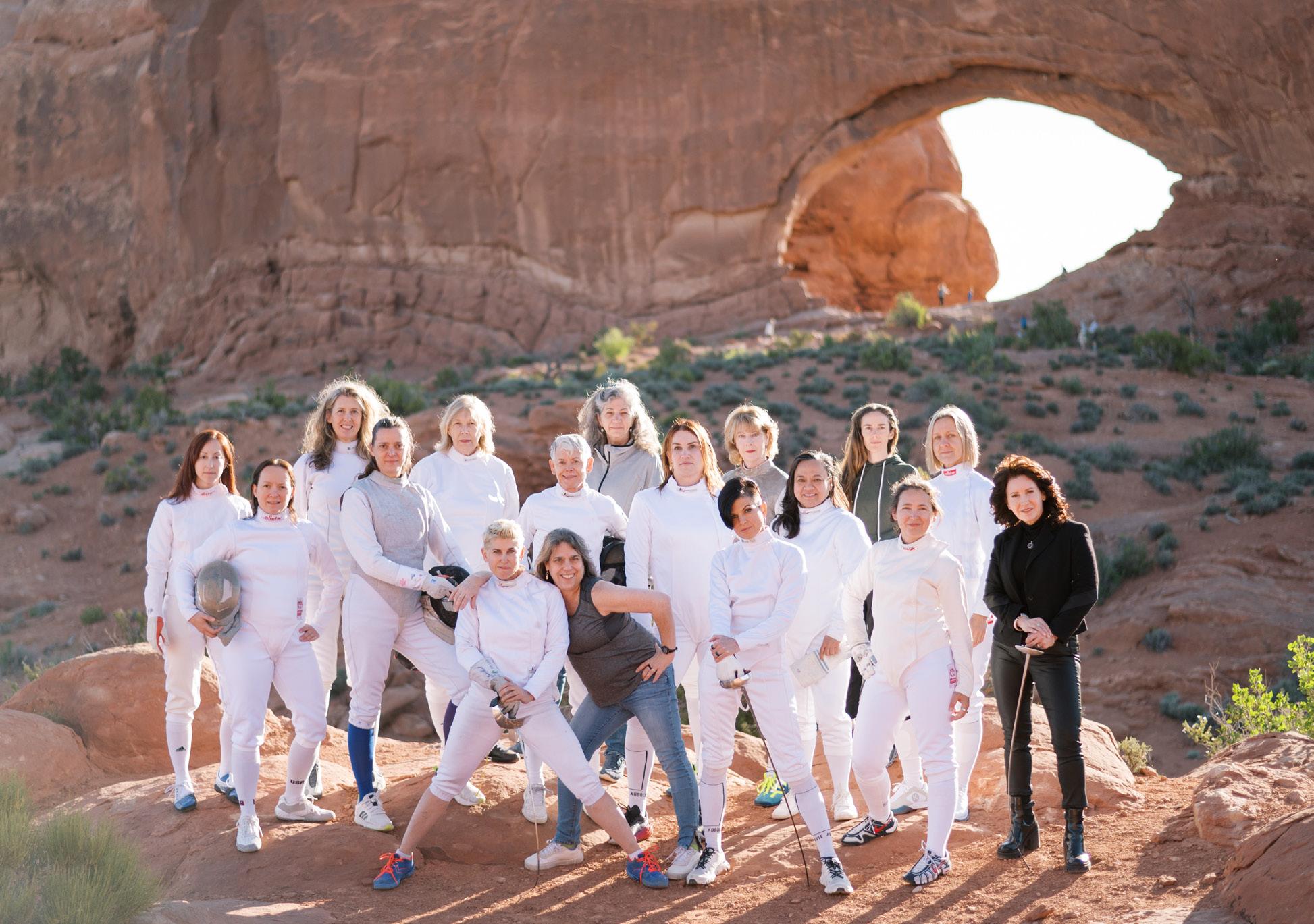
see
I didn’t really know anything about fencing until I started photographing Julie. In fact, it was only recently that I saw her compete. Up until this point I had only seen her in sessions, asking her to do a pose repeatedly. But now that I understand fencing a bit more and have seen her compete, I think she is an incredible fencer. I respect her so much as a person and I love her so much as a friend and admire her so much. But seeing her in action is a totally different experience. It was great to see her in her environment doing something that she is so good and talented at.
Speed, precision, agility, strategy. I watched Julie do the fléche and then made her repeat it many times for takes. I recently watched a movie called The Princess Bride with several scenes of sword fighting and it’s cool to think that this is something that is still practiced and that it’s something that people put their time and energy into in a sport that’s been around for so many years. The history behind it is very interesting to me.
It’s a fantastic sport. It’s not something that’s taught in school. It’s unusual, different and involves a lot of skills that a lot of people don’t understand. Julie has been trying to get me into fencing. Maybe one of these days I’ll pick up a sword, but until then I’ll stick with my camera.



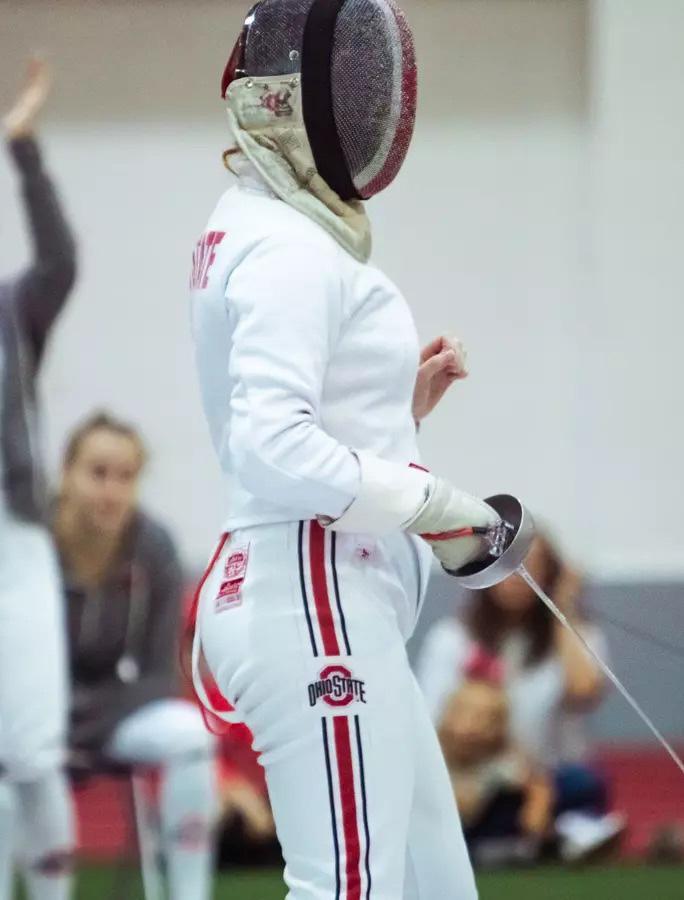

When any of the so-called “Buckeyes” compete, the only thing that is certain is that there will be excitement. This is how the Ohio State University teams are known, a public higher education institution that, in more than 100 years of creation, is considered among the 10 best in the United States, by sports program.
Ohio State University was founded in 1870 and relevant figures in the history of the United States have passed through its classrooms, as well as 5 Nobel Prize winners and 8 Pulitzer Prize
winners. If you look at current and former sports star students, the list goes on.
In the latest ranking from U.S. News & World Report, Ohio State University ranked 15th among public universities and 41st nationally, jumping two spots on both lists from the previous year.
Its students and graduates have contributed important research in intelligent mobility, microelectronics, artificial intelligence, among many other areas. But, on the field, they are known for their quality and competitiveness.
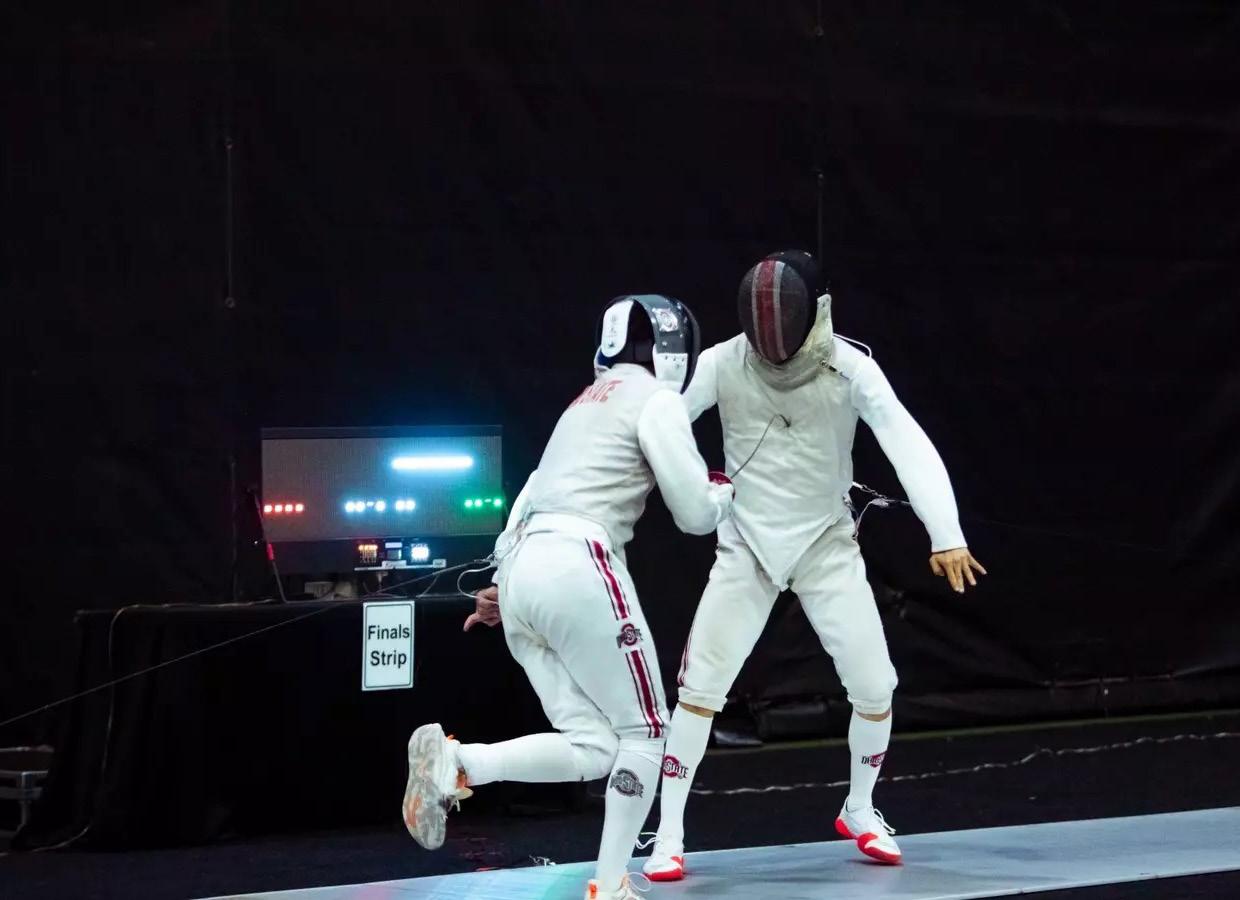

Choosing 10 universities with the best sports programs in the United States means choosing institutions that are elite. Ohio State University is in that group and, according to the publication International Education Exchange, it ranked tenth on that list in 2024.
Among the various NCAA disciplines in which Buckeyes teams compete, basketball, American football, fencing, volleyball and soccer are the most successful.
Figures such as golf player Jack Nicklaus and Olympic gold medalist in athletics, Jesse Owens, have passed through its campuses. At the recently concluded Paris Olympic Games, former students Fares Arfa and Eleanor Harvey from Canada, as well as Frenchman Maximilien Chastanet, took part in fencing. There were a total of 24 students and graduates, if other sports are included.
Fencing is one of the flagships of Ohio State’s sports program. History and a brilliant present speaks for itself. It won its first NCAA title in 1942 and tripled in 2008, 2012 and 2024.
The Hall of Fame includes the shining figure of Israeli Boaz Ellis, the first NCAA foil fencer to win three consecutive individual titles (2004, 2005 and 2006), since 1963. In his country, the left-handed fencer was national champion five times, also won silver medals in the 2000 and 2001 World Cup.
Donald Anthony Jr.’s experience on the piste and in the management world was the catalyst that allowed Ohio State’s talented generation of fencers to achieve great things in a short time.
Named head coach in 2018, Anthony Jr. already had presided over USA Fencing on his resume. On the piste, he represented the United States at several World Senior Championships. He was a national champion and also won titles in the Ivy League.
Although he attended Princeton University, Anthony Jr. is an Ohio native. That connection to his homeland and people has led him to enjoy even more the 11 titles the university has won at the Midwest Fencing Conference championships.
In 2024, the Buckeyes’ fencing team lifted the trophy at the Central Collegiate Fencing Conference tournament and placed sixth at the NCAA Championships.
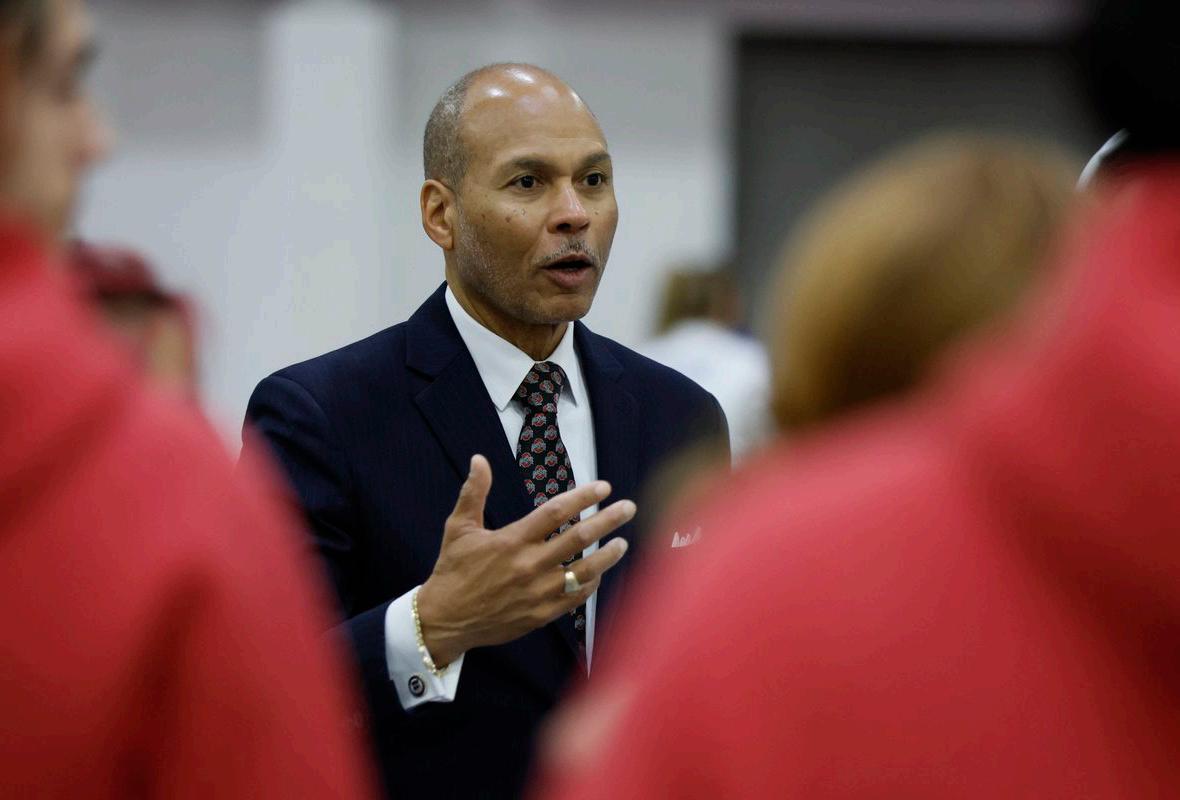
Fall marks the beginning of NCAA fencing competitions. Around mid-September the university teams begin to prepare and begin to build their team.
The universities are divided into three divisions, with 44 women’s teams and 35 men’s teams registered.
The system is managed by a general ranking on an individual and team basis, in which the seasonal performance index prevails, which is a formula based on the percentage of victories in each category, which has additional modifiers. This system created by the USFCA is tallied by
the NCAA and is used in selection for regional and national tournaments, but this individual index is not in the public domain.
Throughout the NCAA season, there are various types of competitions in which athletes and teams can score points, leading up to a national championship held over a weekend, where the season champions are defined.
Below is an explanation of the types of competitions in the calendar.



These are not officially part of the NCAA calendar, however, some athletes decide to go individually, others with support from their university and these results will impact the final ranking.
These are preseason or exhibition events for teams to prepare for regular season competition. These events normally do not count towards the individual or team record.
Up to 16 colleges are scheduled to compete over the course of a weekend. The number of events a team attends varies drastically from team to team, but the maximum number of dates a team can compete in collegiate competition is 11.
Universities are divided into conferences and there are conference championships, including the ACC, Ivy League, CCFC, and Mountain Pacific.
This is the qualifying event for the finals, also called the NCAA Fencing Championships. There are four regions: Northeast, Mid/South Atlantic, Midwest and West. Athletes qualify for each region based on their results during the season, up to 12 per school, per gender.
Marks the end of the season, takes place over four days. The team champion is determined based on the total number of matches won by members of each team. Athletes from each region are ranked based on their regional qualifying results and their performance in the regular season.


